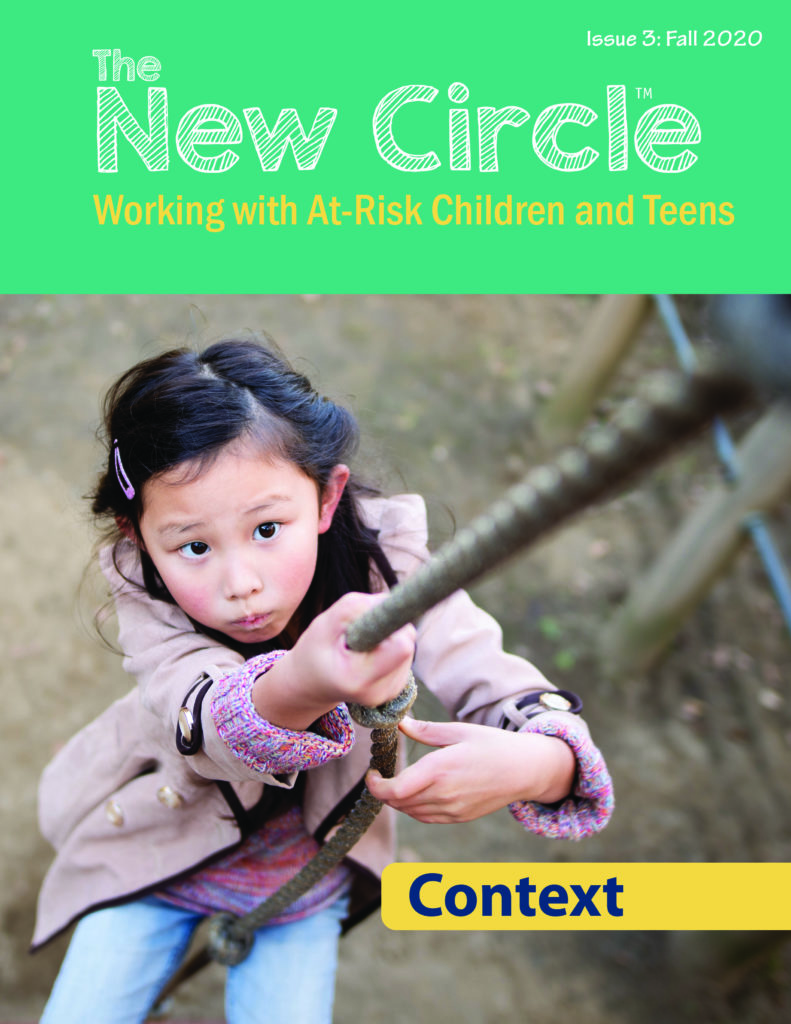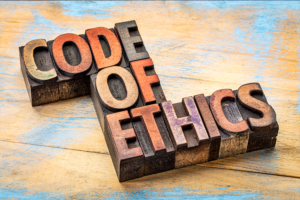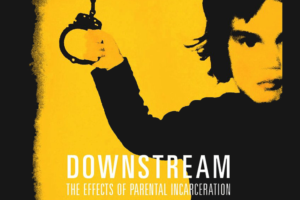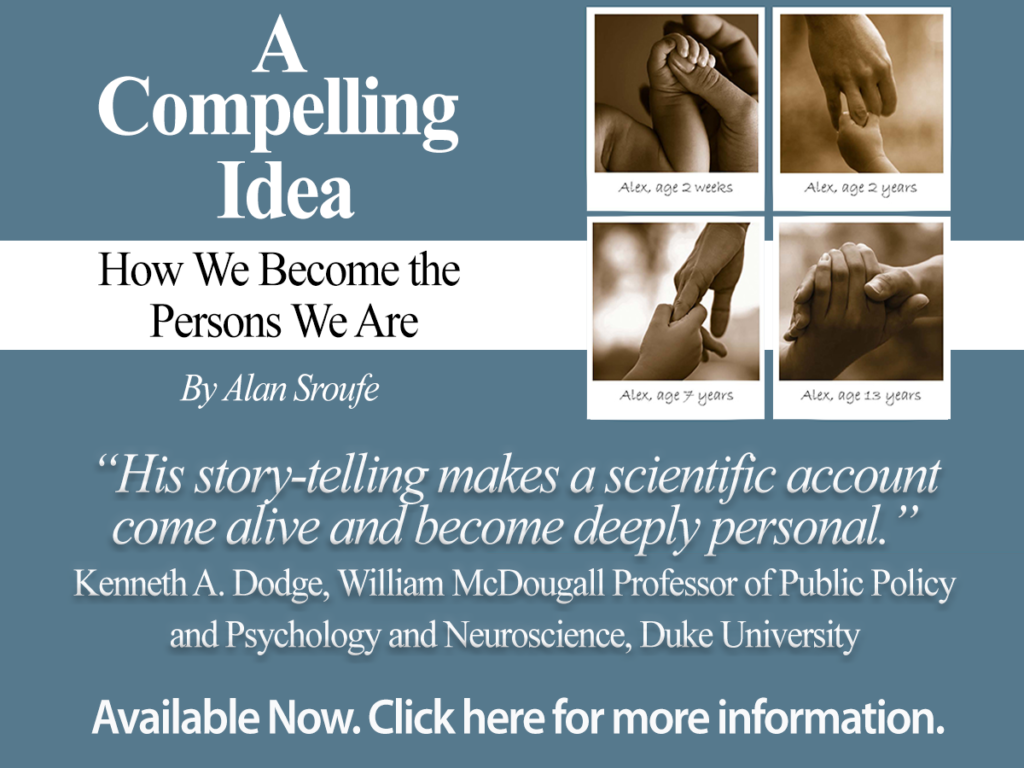Inside Issue 3

Issue 3 of The New Circle takes a slightly different approach than our previous two issues, as we find our feet and voice. For this issue, as we will do for, perhaps not all, but many, future issues, we’ve selected a theme to unify the articles and the magazine overall. The theme is context: the context of our work, the lives of the young people we serve, and the challenges faced and solutions found in their lives and in our work. In this issue, several of our articles talk about our work under conditions imposed by the pandemic, as well the social unrest experienced across the country. In our Helping Professions department, we have articles addressing the multiple contexts of our work, and our ability to use an understanding of context in order to be more effective as providers. Several articles in our Helping Interventions department address work with young people experiencing difficulties or demonstrating behaviors of possible concern, and in our Childhood Adversity department we feature an article that highlights racial stress as an important, and often unrecognized, feature of childhood adversity, as well as a preview of a documentary video addressing the adversities imposed by parental incarceration.
- Context
 Phil Rich directs our attention to the theme of this issue: context. The context of our world at the moment is, of course, the pandemic. The larger context, however, includes the social unrest driven in part by the pandemic itself and in part by the social injustice experienced by so many people in our country. Each article in this issue addresses context and its importance in understanding problems and finding solutions.
Phil Rich directs our attention to the theme of this issue: context. The context of our world at the moment is, of course, the pandemic. The larger context, however, includes the social unrest driven in part by the pandemic itself and in part by the social injustice experienced by so many people in our country. Each article in this issue addresses context and its importance in understanding problems and finding solutions. - The Context of Young Peoples’ Lives in the Current Era
 David Prescott asks whether there are any young people not at risk at this time of high social stress and unrest. He argues that the pandemic has changed the context of our work and talks about the changes we must make as we approach new challenges that must be contextually understood if we are to generate new and novel solutions.
David Prescott asks whether there are any young people not at risk at this time of high social stress and unrest. He argues that the pandemic has changed the context of our work and talks about the changes we must make as we approach new challenges that must be contextually understood if we are to generate new and novel solutions. - Social Work in Context
 Katelen Fortunati writes that the entire profession of social work is built on and operates within context; not only is social work itself contextual, but so too are the problems it addresses and she offers six pointers for improving our understanding of context.
Katelen Fortunati writes that the entire profession of social work is built on and operates within context; not only is social work itself contextual, but so too are the problems it addresses and she offers six pointers for improving our understanding of context. - The Complex (But Crucial) Context of Families
 Family Psychiatrist David Keith tells us that there is no way to understand a child without understanding the child’s family context. To demonstrate that simple truth, he presents the brief story of a case in which a teenage girl had been, in his estimation, mistakenly diagnosed as bipolar when she was four years old and had been on and off medication ever since.
Family Psychiatrist David Keith tells us that there is no way to understand a child without understanding the child’s family context. To demonstrate that simple truth, he presents the brief story of a case in which a teenage girl had been, in his estimation, mistakenly diagnosed as bipolar when she was four years old and had been on and off medication ever since. - Broadening the Context of At-Risk Children’s Lives
 Mary Falcon’s article is actually a modified transcript of a Zoom conversation she had with the program director and clinical director of Safer Society’s mentoring program for at-risk children in rural Vermont. The title of the article, Broadening the Context of At-Risk Children’s Lives, describes the second most important goal of this program—the first being adding a modicum of stability to an at-risk child’s life through the steadfast and unconditional support of a mentor. They discuss how their program enables young children growing up in dysfunctional and isolated families to experience positive social relations with others in the program and others in the community.
Mary Falcon’s article is actually a modified transcript of a Zoom conversation she had with the program director and clinical director of Safer Society’s mentoring program for at-risk children in rural Vermont. The title of the article, Broadening the Context of At-Risk Children’s Lives, describes the second most important goal of this program—the first being adding a modicum of stability to an at-risk child’s life through the steadfast and unconditional support of a mentor. They discuss how their program enables young children growing up in dysfunctional and isolated families to experience positive social relations with others in the program and others in the community. - Young People and the Online World of Pornography: Minimizing the Harm
 Russ Pratt points to an increase in the use of pornography by young people but reminds us of the importance of context in understanding and responding to this concern. Those contexts being, in part, the pandemic, providing everyone with far more “down” time than is usually the case, but in the case of young people, we must consider the context of adolescence itself—which has always been the time for heightened interest in, and curiosity about sex, while the current generation of teens also has the kind of easy access to porn that was never available to previous generations.
Russ Pratt points to an increase in the use of pornography by young people but reminds us of the importance of context in understanding and responding to this concern. Those contexts being, in part, the pandemic, providing everyone with far more “down” time than is usually the case, but in the case of young people, we must consider the context of adolescence itself—which has always been the time for heightened interest in, and curiosity about sex, while the current generation of teens also has the kind of easy access to porn that was never available to previous generations. - Mindfulness: Helping Anxious Teens in an Anxious World
 Janet DiGiorgio-Miller offers examples of how she uses mindfulness-based techniques in her practice to address anxiety in children and adolescents, with the goal of building strengths that help young people manage anxiety and find ways to effectively cope with stress.
Janet DiGiorgio-Miller offers examples of how she uses mindfulness-based techniques in her practice to address anxiety in children and adolescents, with the goal of building strengths that help young people manage anxiety and find ways to effectively cope with stress. - Broadening Our Conceptualization of Trauma
 Apryl Alexander explains that for too long racial trauma has been absent from our conceptualizations of trauma, not just at the individual level but also as multigenerational and historical, rippling down across generations and through time. It is time for helping professionals who work with young people to acknowledge racial stress as the existential context of the lives of young people of color in this country.
Apryl Alexander explains that for too long racial trauma has been absent from our conceptualizations of trauma, not just at the individual level but also as multigenerational and historical, rippling down across generations and through time. It is time for helping professionals who work with young people to acknowledge racial stress as the existential context of the lives of young people of color in this country. - The Effects of Parental Incarceration: A Documentary Film
 In this issue, as part of her series on adverse childhood experiences (ACEs), feature editor Connie DelGiudice brings us a touching and timely video documentary about children with incarcerated parents.
In this issue, as part of her series on adverse childhood experiences (ACEs), feature editor Connie DelGiudice brings us a touching and timely video documentary about children with incarcerated parents.

